Notre-Dame Cathedral: A Gothic Masterpiece of Paris
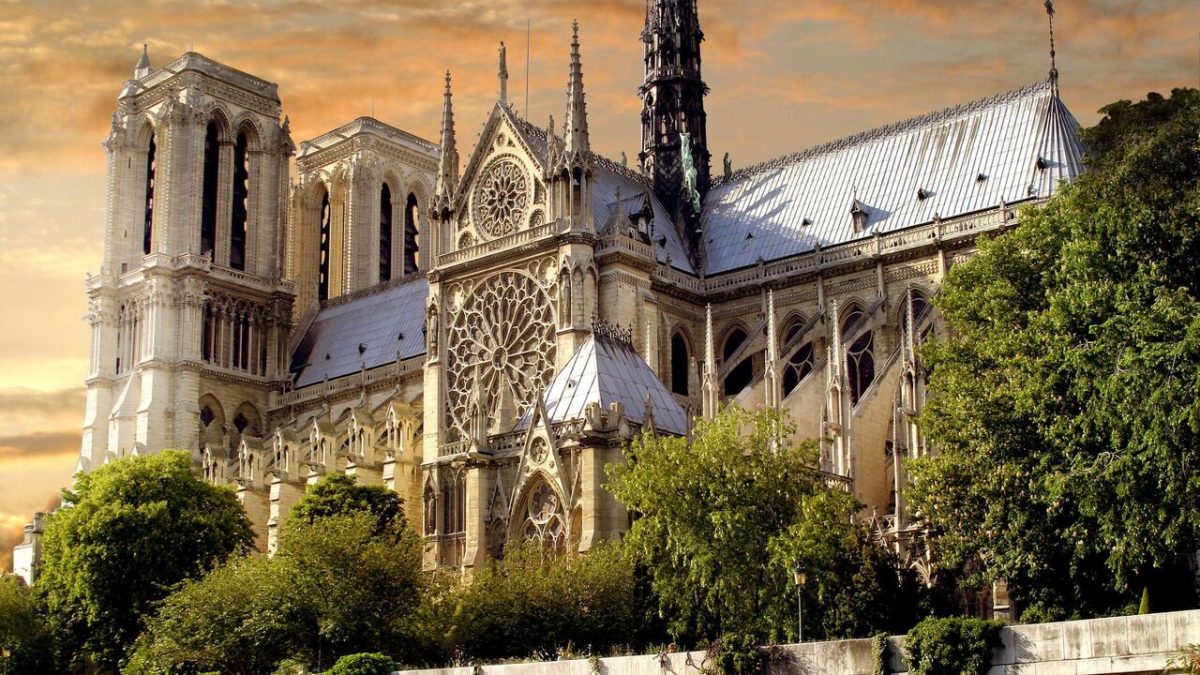
Notre-Dame Cathedral: A Gothic Masterpiece of Paris
Notre-Dame Cathedral, also known as Notre-Dame de Paris, is one of the most renowned and historically significant landmarks in France. Located on the Île de la Cité in the heart of Paris, this iconic Gothic cathedral has stood as a symbol of French heritage, religious significance, and architectural ingenuity since its completion in the 14th century. Each year, millions of visitors from around the world come to admire its stunning architecture, rich history, and the cultural significance it holds.
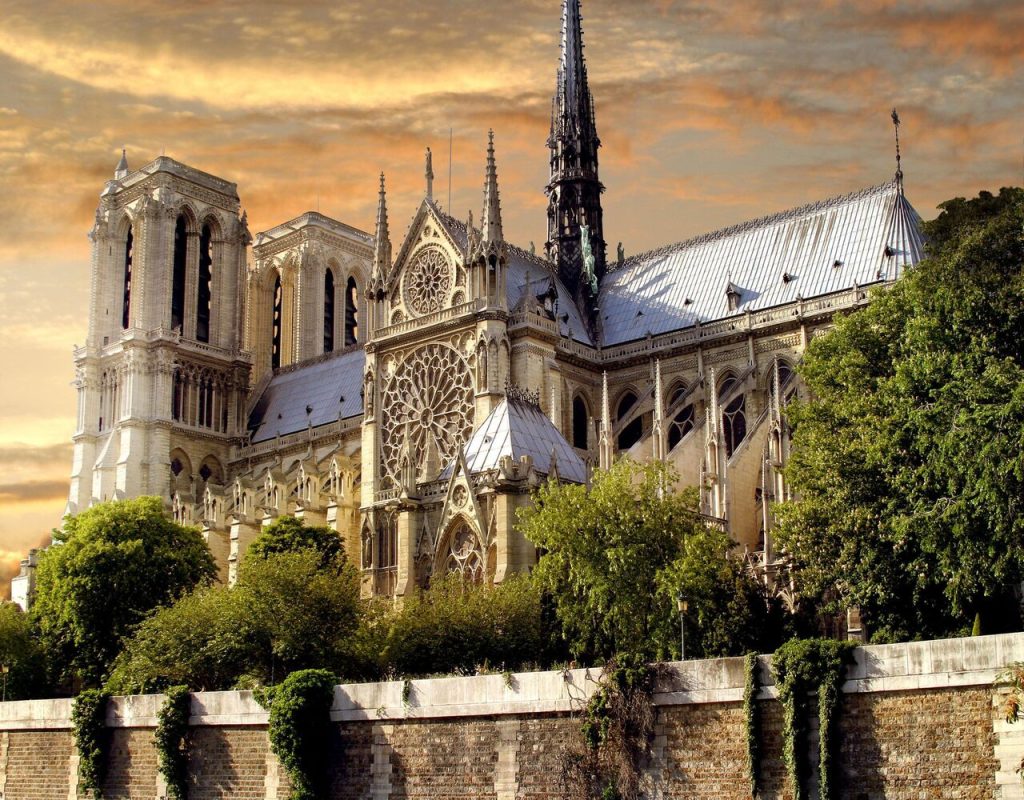
Historical Background
The construction of Notre-Dame Cathedral began in 1163 during the reign of King Louis VII, with the first stone laid by Pope Alexander III. The cathedral was built to reflect the glory of God and to demonstrate the power and wealth of the French monarchy. Over the next century, various architects contributed to its construction, resulting in a harmonious blend of early and late Gothic styles.
The cathedral was finally completed in 1345, after nearly 200 years of continuous construction. Throughout the centuries, Notre-Dame has witnessed numerous significant events, including the coronation of Henry VI of England in 1431, the crowning of Napoleon Bonaparte as Emperor of France in 1804, and the beatification of Joan of Arc in 1909.
Architectural Marvel
Notre-Dame Cathedral is a quintessential example of French Gothic architecture, characterized by its pointed arches, ribbed vaults, and flying buttresses. Its façade, with its twin towers and intricate sculptures, is a marvel of medieval engineering and artistry.
The Façade: The west façade of Notre-Dame is one of the most recognizable aspects of the cathedral. It features three grand portals adorned with elaborate carvings that depict biblical scenes and saints. Above the portals is the Gallery of Kings, a row of 28 statues representing the kings of Judah and Israel. The central rose window, a stunning example of stained glass art, is flanked by the twin towers, which rise to a height of 69 meters (226 feet).
The Interior: The interior of Notre-Dame is equally breathtaking, with its soaring nave, beautiful stained glass windows, and numerous chapels. The nave, measuring 130 meters (427 feet) in length, is flanked by double aisles and crowned with a ribbed vaulted ceiling. The light filtering through the stained glass windows creates a serene and ethereal atmosphere within the cathedral.
The Rose Windows: Notre-Dame is renowned for its three rose windows, which are masterpieces of Gothic art. The north, south, and west rose windows each depict different scenes from the Bible and are composed of vibrant, colorful glass. These windows not only enhance the aesthetic beauty of the cathedral but also serve to illuminate the interior with divine light.
The Flying Buttresses: One of the most distinctive features of Notre-Dame’s architecture is its flying buttresses. These arched supports extend from the exterior walls to provide structural stability and allow for the inclusion of large windows. The buttresses are adorned with detailed sculptures, adding both functional and decorative elements to the cathedral’s design.
Cultural and Religious Significance
Notre-Dame Cathedral has played a central role in the religious and cultural life of Paris for over 850 years. It is the seat of the Archbishop of Paris and has been the site of numerous significant religious ceremonies, including royal coronations, weddings, and funerals.
The cathedral’s importance extends beyond its religious functions. It has been a source of inspiration for artists, writers, and musicians throughout history. Victor Hugo’s novel “The Hunchback of Notre-Dame,” published in 1831, brought renewed attention to the cathedral and spurred efforts to restore and preserve it. The novel’s success highlighted the cultural and historical value of Notre-Dame and led to significant restoration work carried out by architect Eugène Viollet-le-Duc in the mid-19th century.
The 2019 Fire and Restoration Efforts
On April 15, 2019, a devastating fire broke out at Notre-Dame Cathedral, causing significant damage to the roof, the spire, and parts of the upper walls. The world watched in horror as the flames engulfed the historic structure, but thanks to the efforts of firefighters, the main structure, including the twin towers and rose windows, was saved.
In the aftermath of the fire, there was an outpouring of support from around the world. French President Emmanuel Macron pledged to restore the cathedral, and numerous individuals, organizations, and governments contributed to the restoration fund. The goal is to restore Notre-Dame to its former glory, preserving its historical and architectural integrity while incorporating modern techniques and materials to ensure its future resilience.
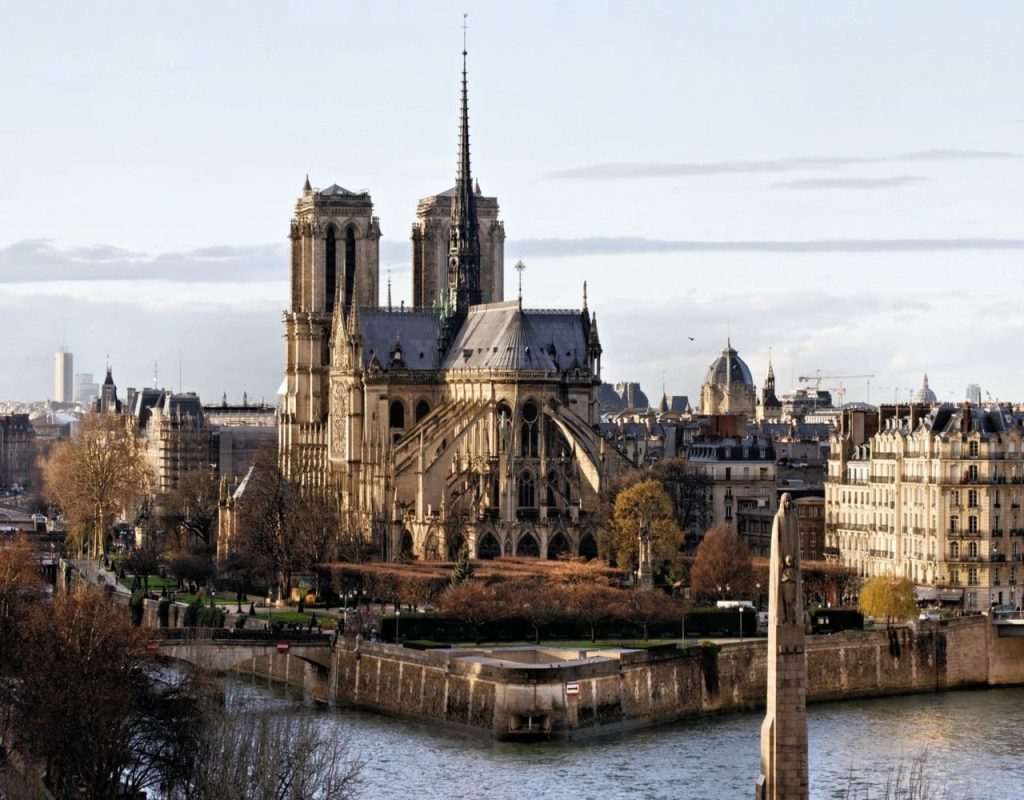
Visiting Notre-Dame Cathedral
Despite the ongoing restoration work, Notre-Dame remains a must-visit destination for anyone traveling to Paris. While access to the interior may be limited during the restoration, the cathedral’s exterior and the surrounding area offer plenty to see and explore.
Visitors can admire the detailed sculptures on the façade, stroll along the banks of the Seine River, and enjoy the view of the cathedral from various vantage points in the city. The nearby square, Place Jean-Paul II, provides a peaceful place to reflect on the history and significance of Notre-Dame.
Conclusion
Notre-Dame Cathedral is more than just a stunning example of Gothic architecture; it is a living testament to the history, culture, and faith of France. Its resilience in the face of adversity, from the turbulent events of the French Revolution to the devastating fire of 2019, embodies the enduring spirit of Paris and its people.
As restoration efforts continue, Notre-Dame stands as a beacon of hope and renewal. It reminds us of the importance of preserving our cultural heritage and the power of collective action in the face of challenges. Whether you are an art enthusiast, a history buff, or a spiritual seeker, Notre-Dame Cathedral offers an unforgettable experience that connects you to the rich tapestry of human achievement and devotion.
-
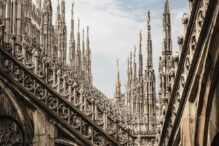
Free Tickets for the Duomo Milan
-
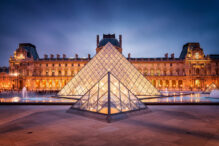
Free Tickets Louvre Museum
-
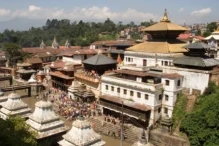
Pashupatinath Temple: A Sacred Journey into Nepal’s Spiritual Heart
-
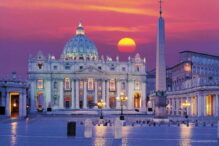
Rome, Italy: A Timeless Journey Through History, Culture, and the Eternal City’s Marvels
-

Begnas Lake: An Unspoiled Oasis of Serenity
-

Nepal’s Hidden Gem: A Closer Look into the Khaptad National Park
-

Discovering New York


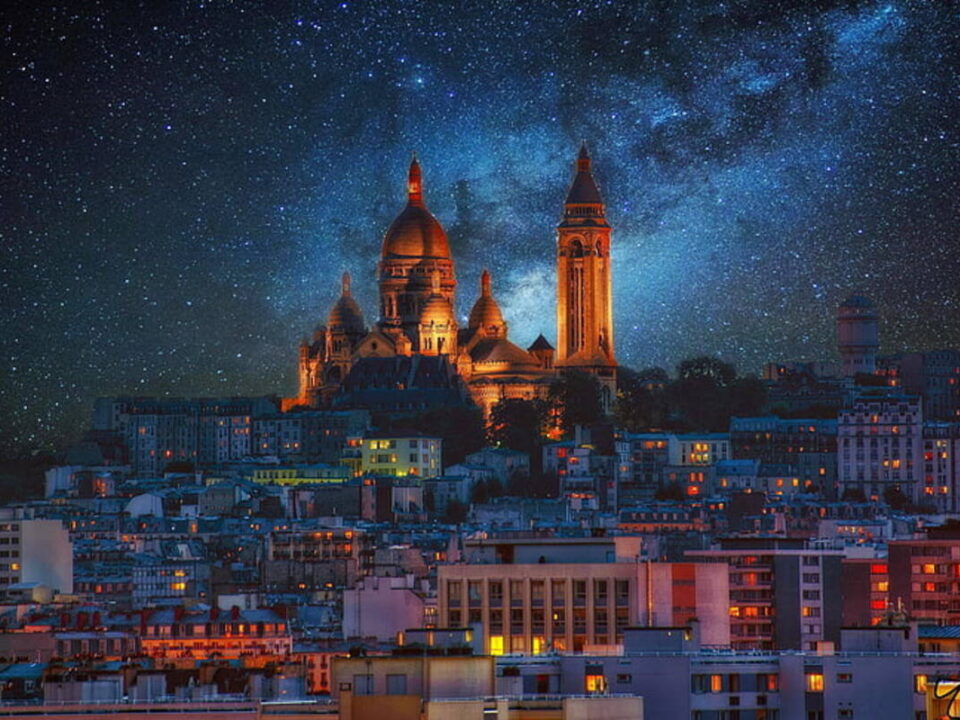
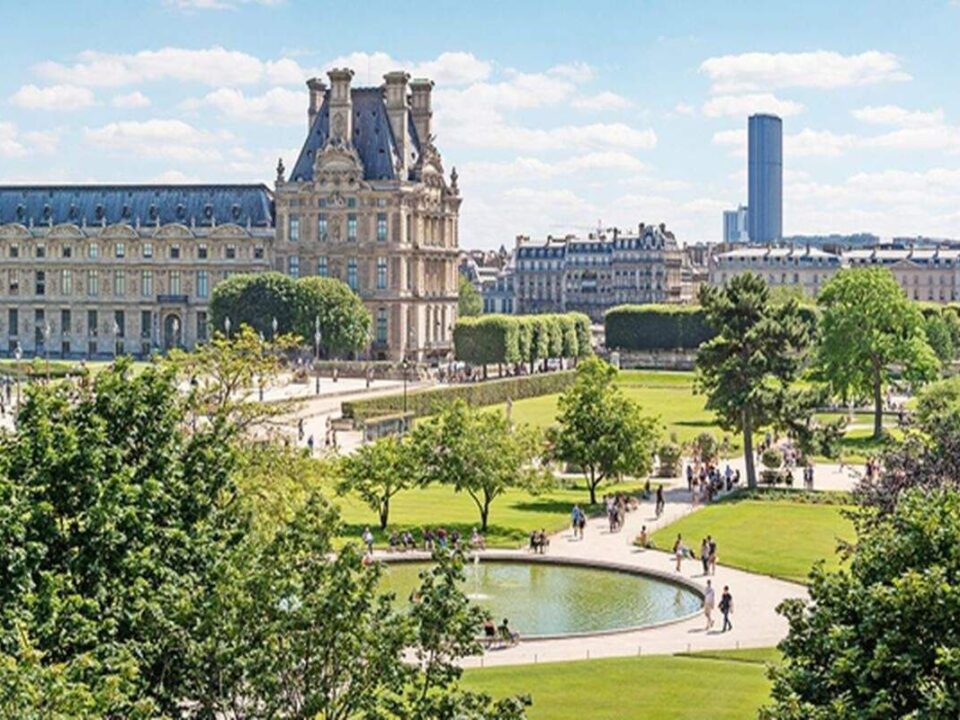
3 Comments
[…] Notre-Dame de Paris is a masterpiece of Gothic architecture and one of the most famous cathedrals in the world. […]
[…] feet): The second level provides spectacular views of Paris’s landmarks, including the Louvre, Notre-Dame, and Montmartre. This level is home to the famous Le Jules Verne restaurant, offering gourmet […]
[…] Notre-Dame Cathedral: A Gothic Masterpiece of Paris […]